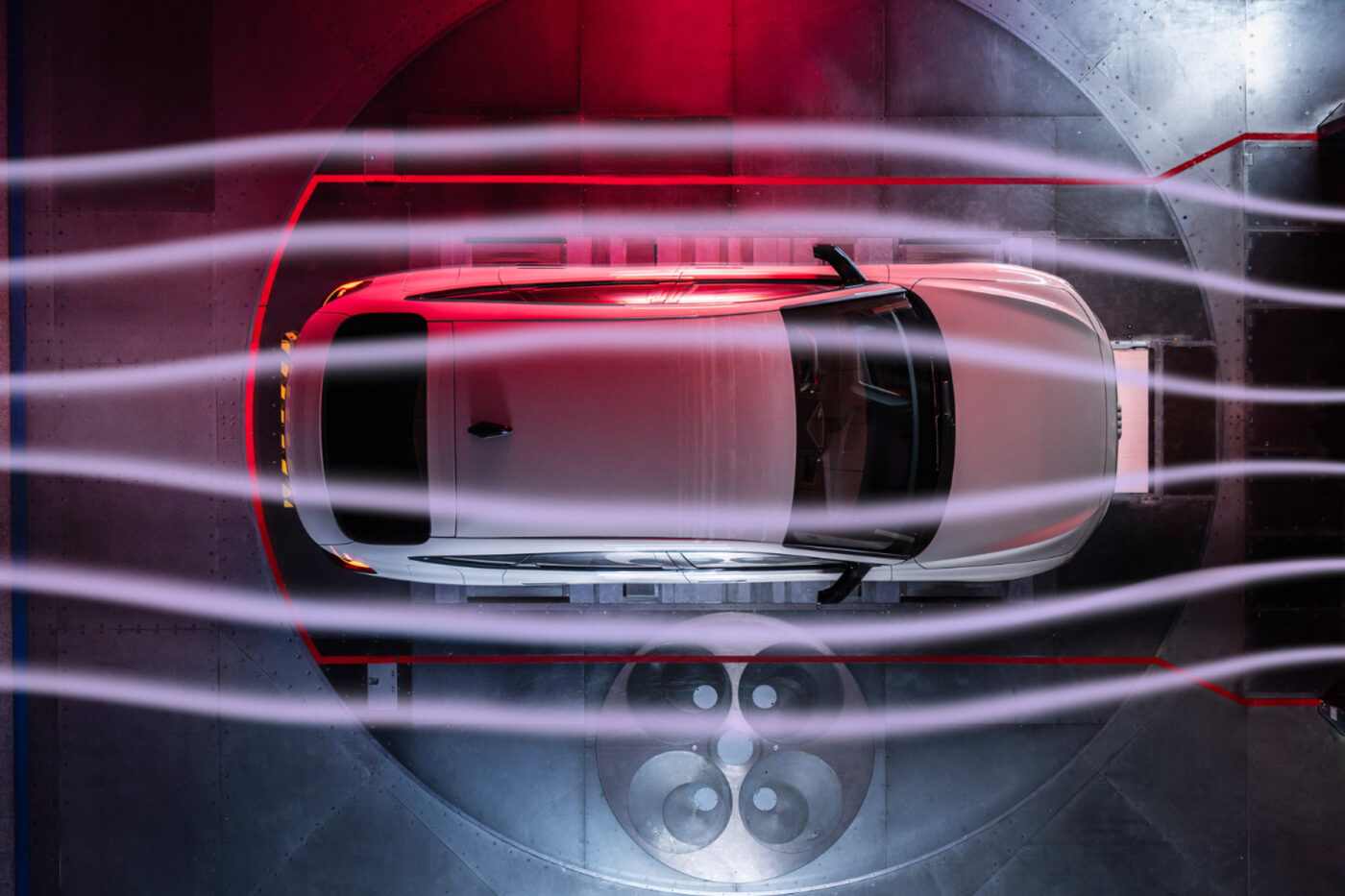Audi introduces ‘collaboration model’ for product development
Audi announced the move to “align product development for the future.” Audi CEO Gernot Döllner and the project team have now presented the new ‘collaboration model’ to employees at an internal meeting.
“The principle of Product Line Management has been established at Audi for many years and has been tried and tested in practice. The clear aim of the current matrix organisation and Technical Development transformation projects was to focus development, decision-making, and management structures, thereby accelerating the overall development process at Audi,” the company explained in a press release. “The target vision: flat hierarchies and broad organisational structures, a reduction of interfaces, streamlining of committees, and the dedicated linking of responsibility and decision-making to defined roles.”
If the new structure in vehicle development takes effect as planned from the beginning of 2025, there will be a “clear separation of strategy, management, and implementation,” according to Audi. The portfolio and product strategy will be bundled in an organisational unit that reports directly to Gernot Döllner. This unit will be headed by Christiane Zorn.
Porsche opted for the model series principle in 1999
Corporate responsibility and control of vehicle development for the respective projects will be assumed by the operational model series – the six model series managers will thus be given more power. In the future, this should also include “direct access to all business-relevant topics and greater scope for decision-making.” Porsche has worked according to this principle in the VW Group for many years.
Technical Development is responsible for the actual development work and bears clear responsibility for the vehicles’ features, systems and functions. “Technical Development will align itself with the respective interfaces to the vehicle projects as efficiently as possible. At the same time, it will have an increased ability to act concerning the specification, design, and integration of software and electrical/electronic platforms,” says the German carmaker.
According to Audi, 10,000 employees are directly affected. When the plans were leaked a few weeks ago, there was still talk of up to 8,000 people. The model series principle aims to enable the individual model series teams to act as a ‘company within the company’ – the model series teams are responsible for a model series from the start of development to the finished product with their own budgets and purchasing responsibility. It should accelerate development processes as entire hierarchical levels are eliminated – there is talk of up to 70 managers. However, Audi has not confirmed this.
“We have already achieved a lot since last fall as part of the Audi Agenda. The implementation of the matrix organisation now marks the start of a decisive stage,” said Audi CEO Gernot Döllner. “I would like to thank the entire project team, who, together with our more than 200 experts, resolutely addressed uncomfortable topics. We also need this openness and transparency for the reorganisation of other divisions. After all, the past few months have shown that the automotive industry is facing major challenges. Vehicle development is therefore only the first step.”
Technical development has been a major challenge at Audi for several years, with several model launches recently having to be postponed—the Q6 e-tron was launched around two years behind schedule. There have also been countless changes in the division’s management in recent years. It was only this spring that CTO Oliver Hoffmann had to leave; since then, Döllner has been in charge of TE as Chief Development Officer.





0 Comments